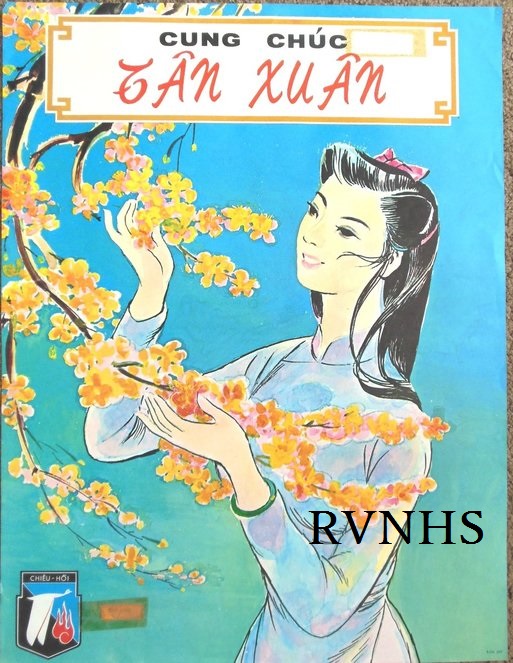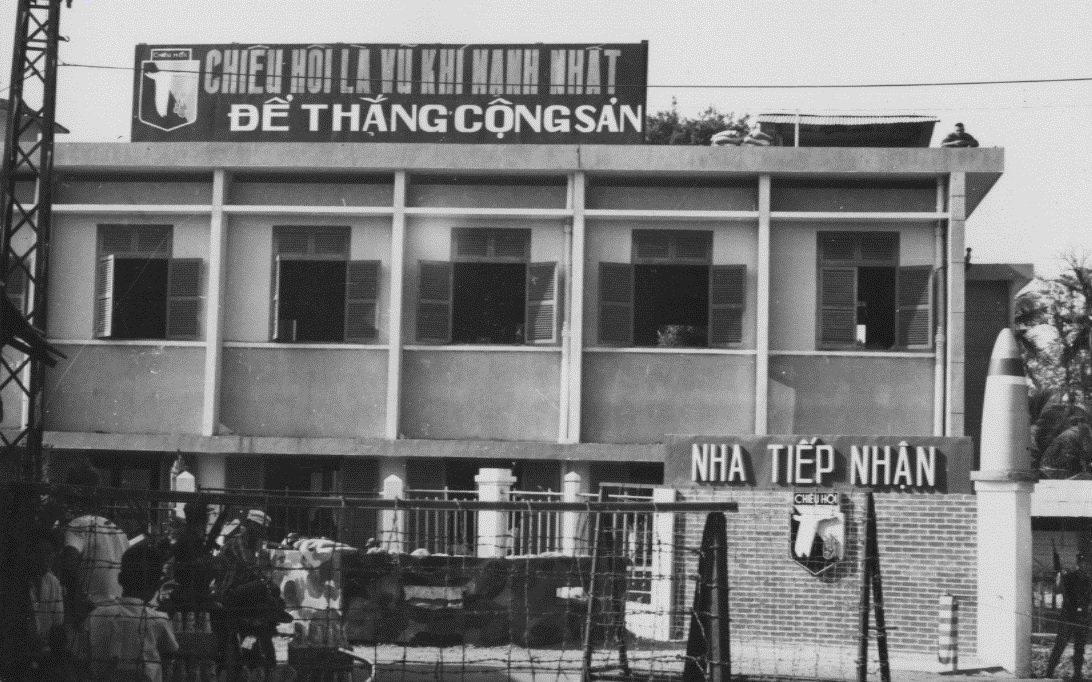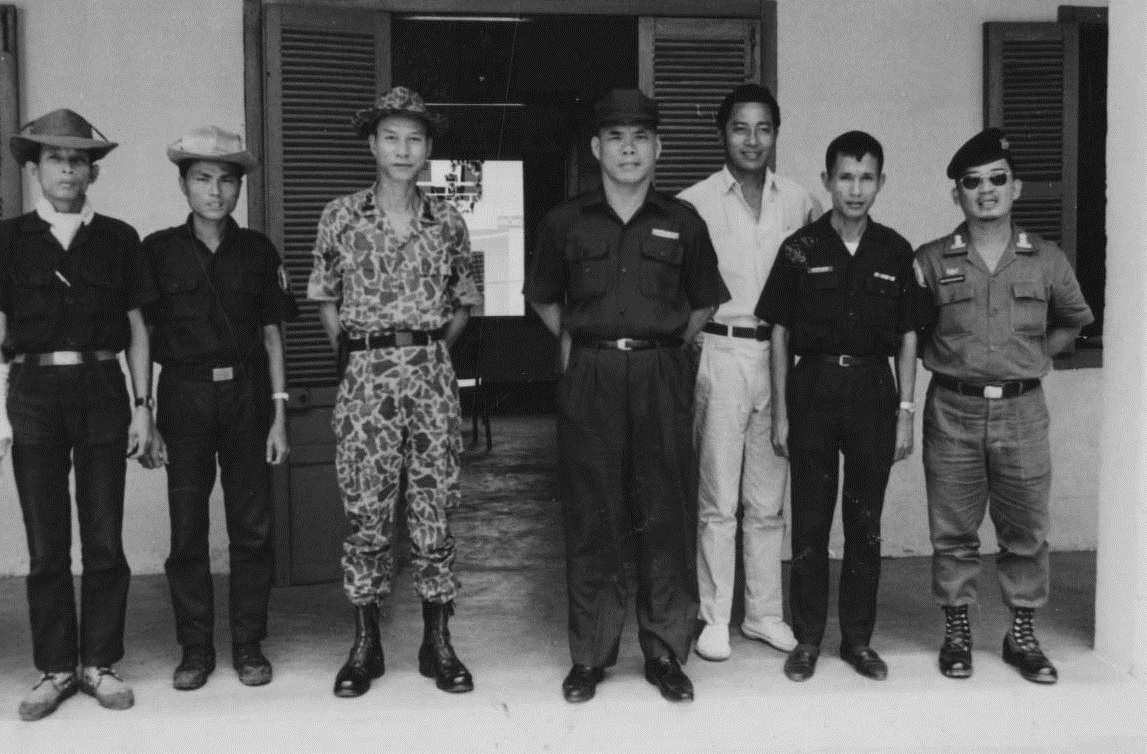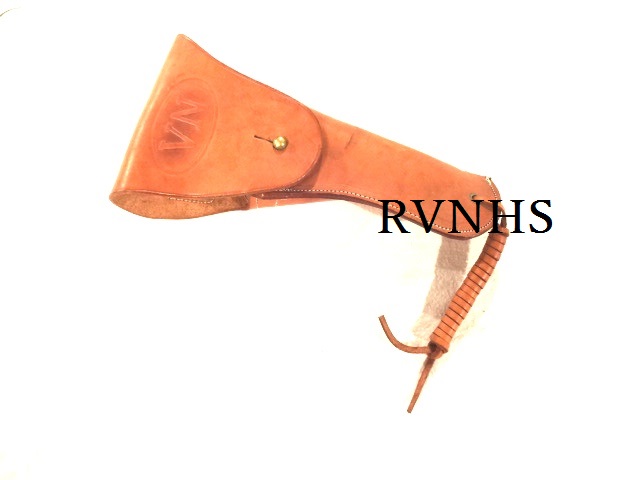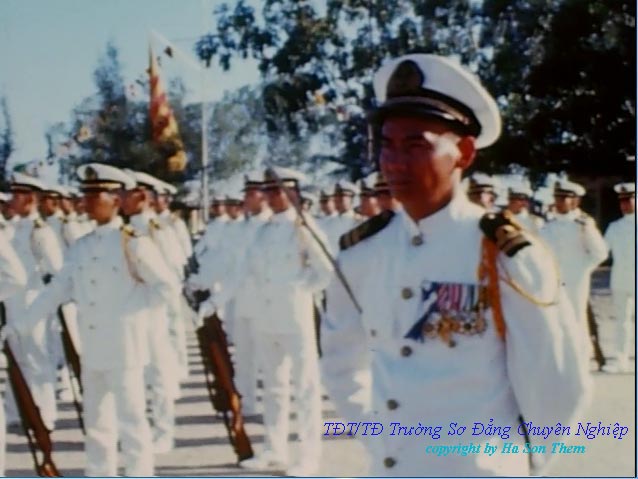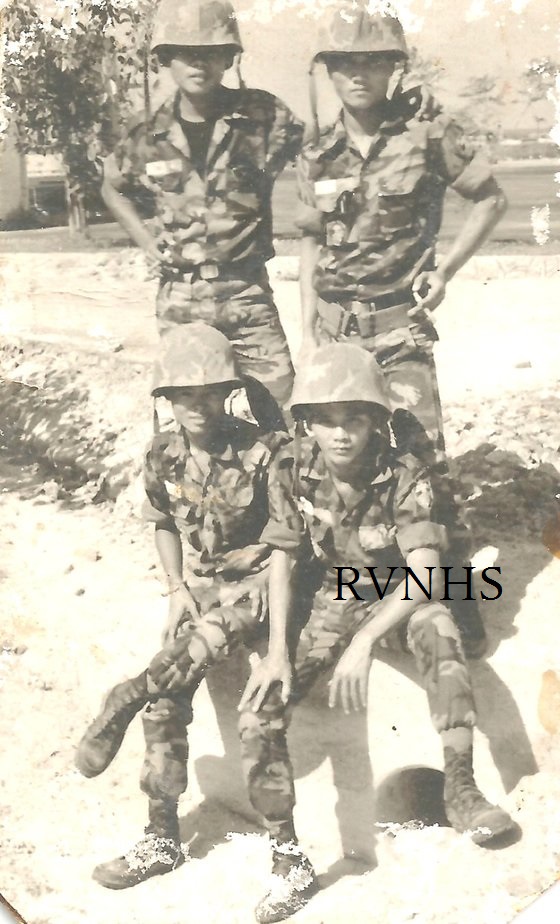Officer cadet in ceremonial white dress uniform, 1966.
RVNHS recently acquired a small collection of over one hundred photographs of Republic of Vietnam military officer cadets. Most of the cadets shown are from the Thu Duc academy. Included in this posting is a sampling of some of the images. These photos are all period photographs, and mostly look like they were removed from private albums at some point. Some of the photographs have captions on the back, which show these cadets belonged to different classes between the years 1965 and 1974. A few of the portraits are identified, but unfortunately most are not. Nevertheless, the collection does provide a unique visual record of officer cadets during this period, and displays the variety of uniform in use.
Officer cadet in ceremonial khaki-green uniform
(note the single bar denoting more than a year at the academy), 1960-70s.
Officer cadet in ceremonial khaki-green uniform
(absence of bar denoting less than a year at the academy), 1967.
Officer cadet in walking out uniform, 1960s-70s.
Officer cadet and family, 1960-70s.

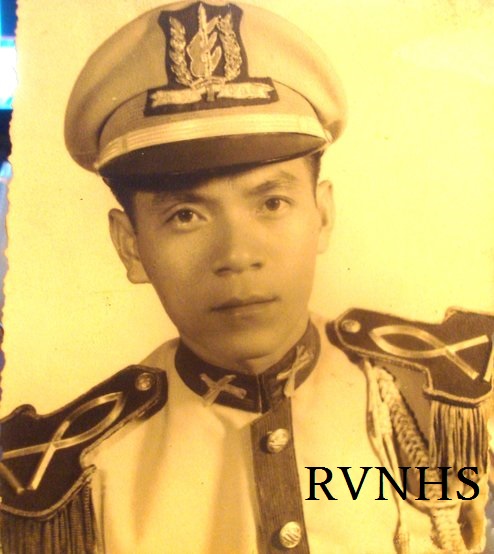

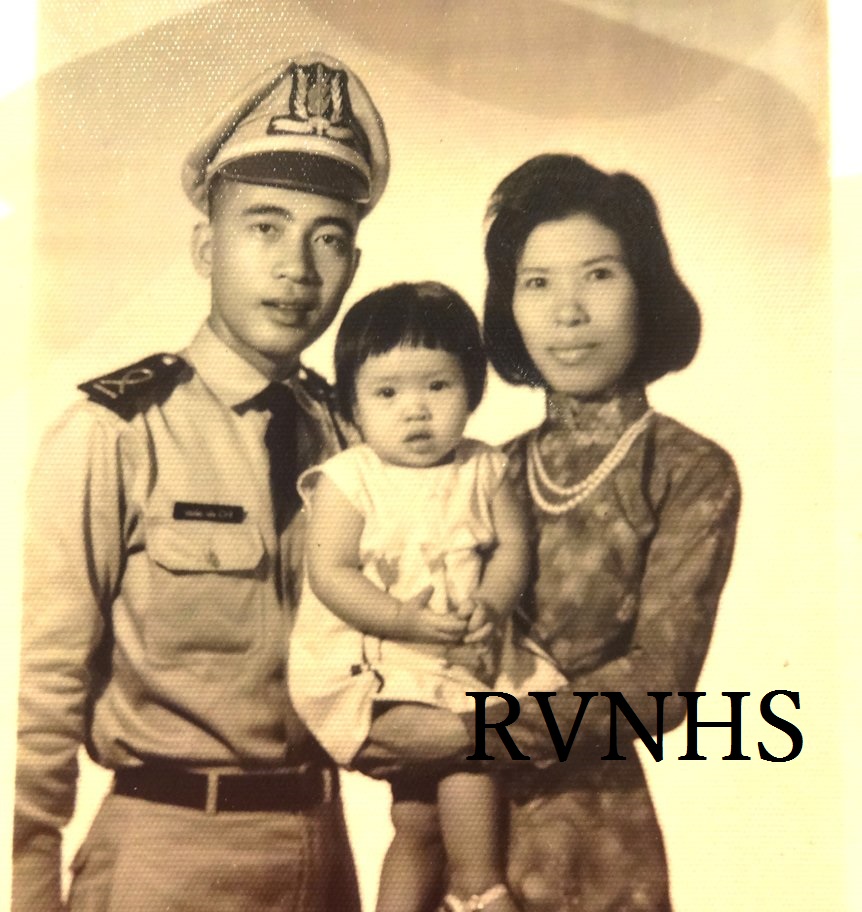





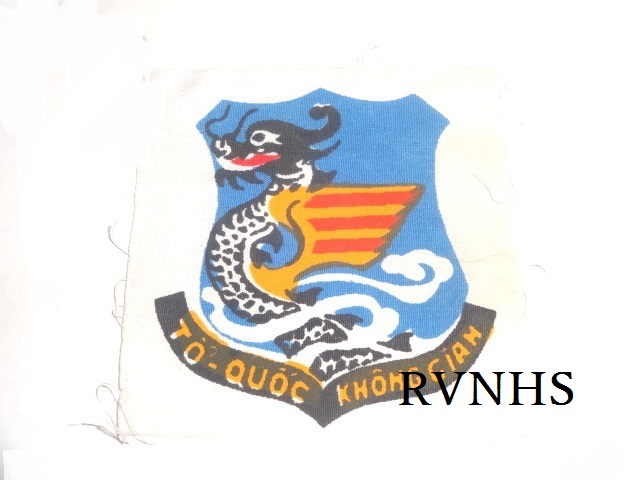
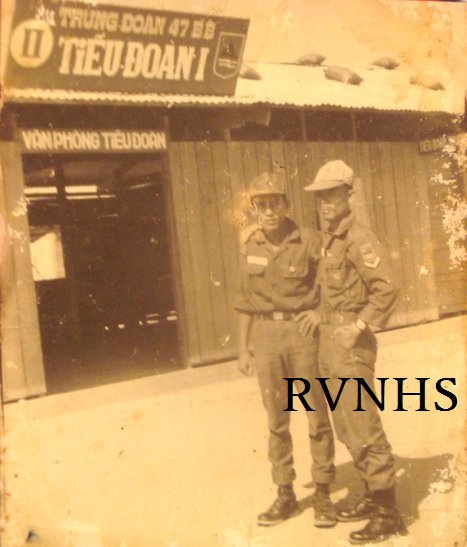


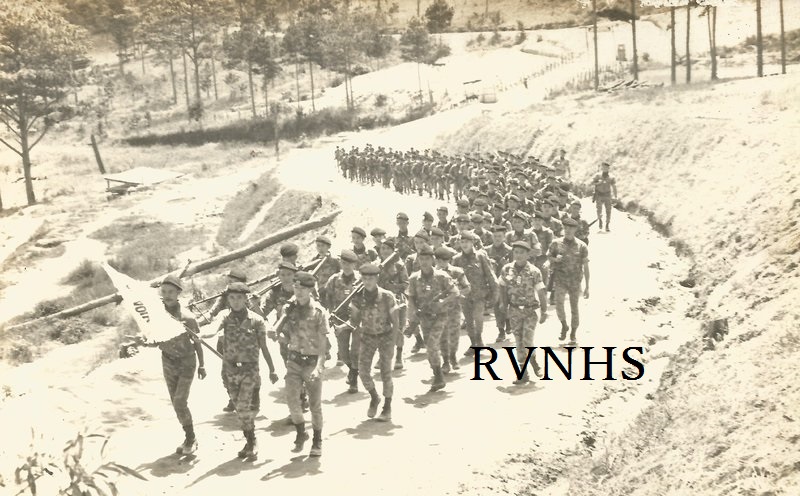
.jpg)
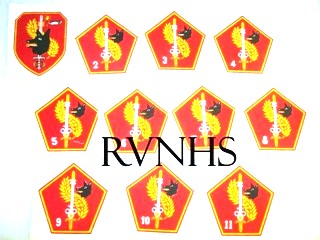

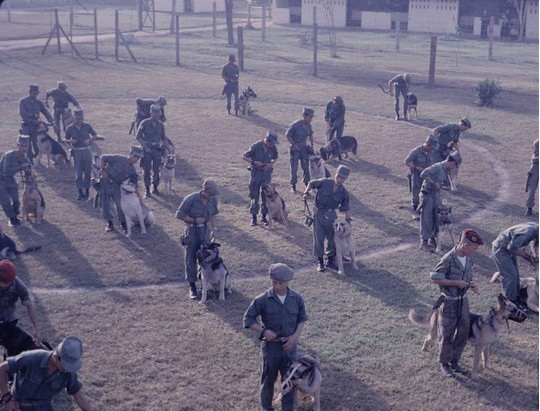
.jpg)


